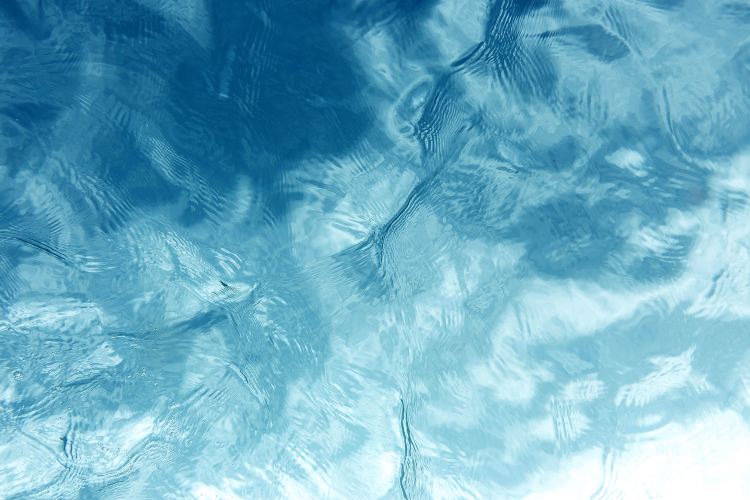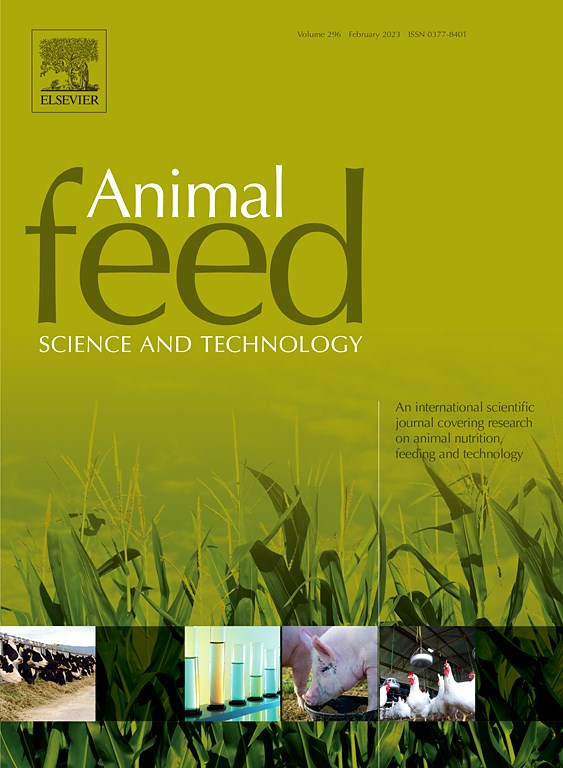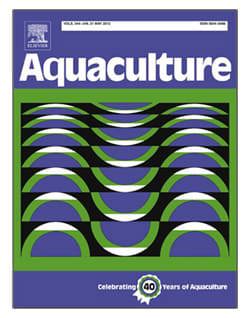Fishmeal hydrolysation and non-protein energy sources affect the kinetics of nutrient digestion in the gastrointestinal tract of African catfish (Clarias gariepinus)

Abstract
The kinetics of nutrients digestion and development of chyme characteristics in African catfish (Clarias gariepinus) were assessed in response to fishmeal hydrolysation and non-protein energy (NPE) sources. Four diets were formulated to contain starch or fat as NPE source, and fishmeal or hydrolysed fishmeal as protein source in a 2 × 2 factorial design. Juvenile African catfish (average weight, 63 g) were stocked in glass experimental tanks connected to a common recirculation aquaculture system and were fed restrictively for 3 weeks. Four hours after the consumption of a single meal, fish were dissected to collect chyme from the gastrointestinal tract (GIT). Chyme was collected from stomach, proximal-and distal intestine and analysed for dry matter (DM) content, crude protein (CP) and marker concentration. Postprandial water fluxes to the GIT and stomach evacuation were calculated using yttrium oxide (Y2O3) as an inert marker. Faecal DM and CP apparent digestibility coefficient (ADC) were determined by a marker method. Results showed that fishmeal hydrolysation had no effect (P > 0.1) on the DM content in all the GIT compartments. However, replacing dietary fat by starch resulted in a higher DM content in the stomach (P < 0.01). In the proximal intestine, NPE did not influence the chyme DM content (P > 0.1) but in the distal intestine, chyme DM was higher at the “fat diets” (P < 0.01). “Starch-diets” had a larger water influx into the stomach compared to “fat diets” (P < 0.001), but also a larger water re-absorption in the distal intestine (P < 0.05). The inert marker and DM evacuation rate from the stomach was affected by NPE source (P < 0.05) and was slower in the starch-fed fish. Hydrolysation of fishmeal increased the digestibility of CP in the stomach, but this effect of hydrolysation was dependent on the energy source, indicated by the interaction effect (P < 0.05). The increase in digestibility of CP in the stomach of the diets containing hydrolysed fishmeal was larger at the “fat diets”. In the other GIT compartments, CP digestibility were similar between diets (P > 0.1). However, hydrolysation of fishmeal had no effect on faecal ADC of CP. Our results suggest that the hydrolysation of fishmeal can alter the process of digestion along the GIT. In addition, dietary macronutrient composition can alter the postprandial digestion of nutrients in the GIT without being reflected in the faecal digestibility.

